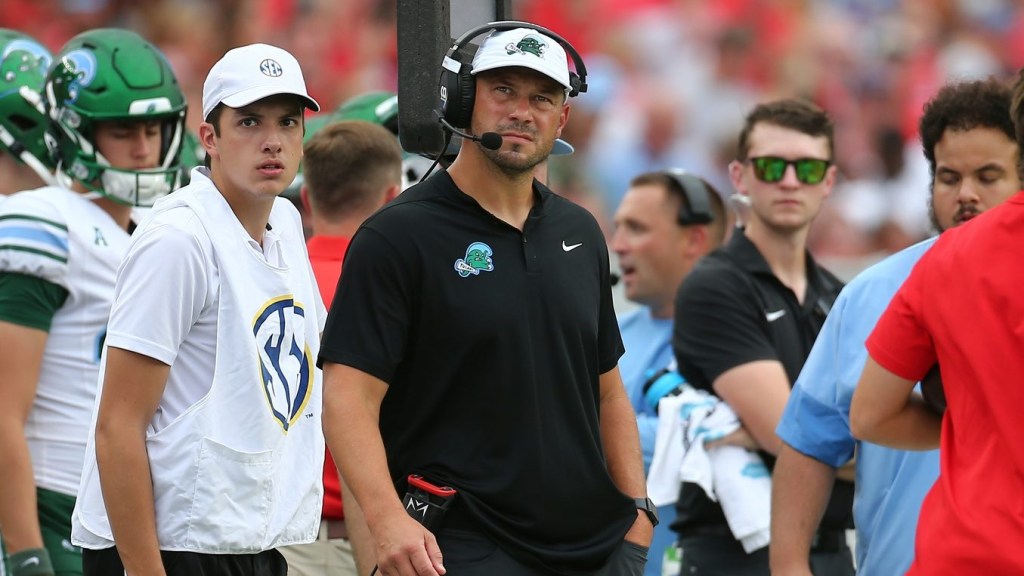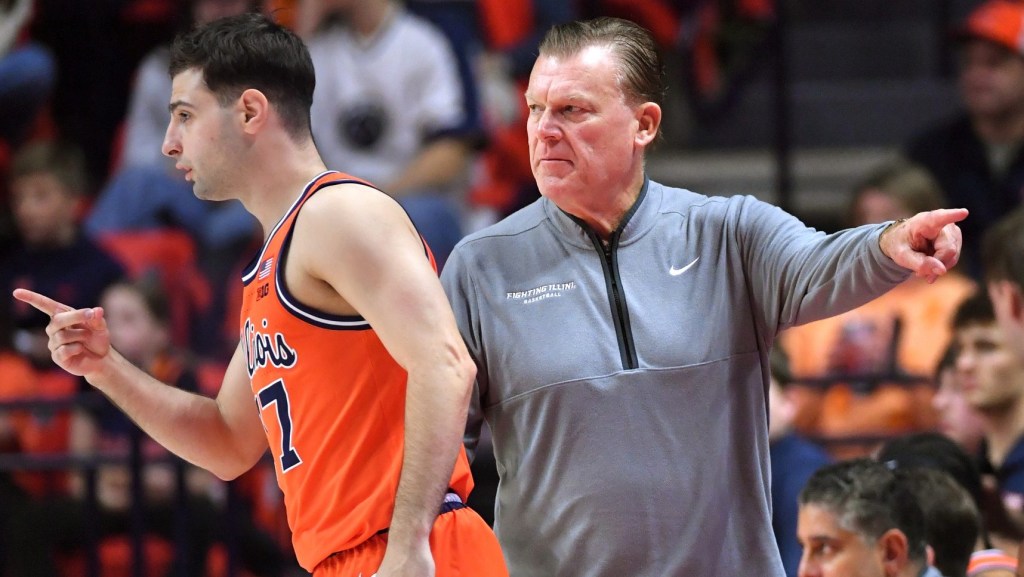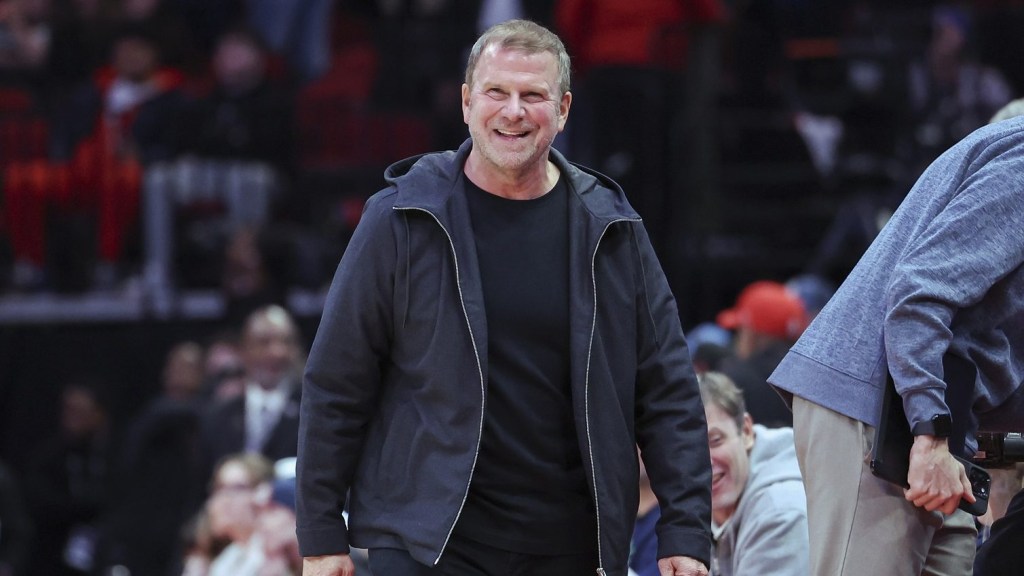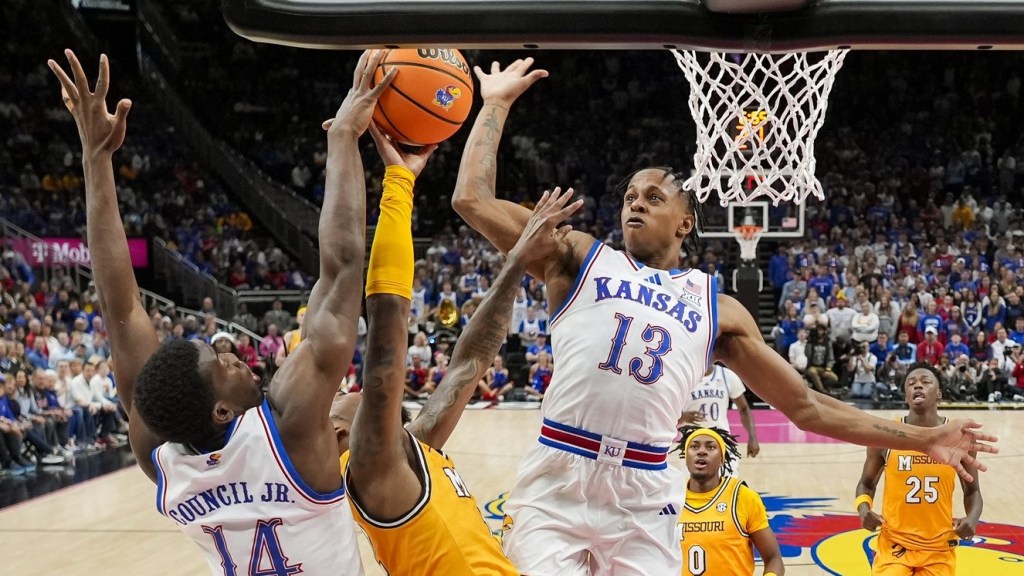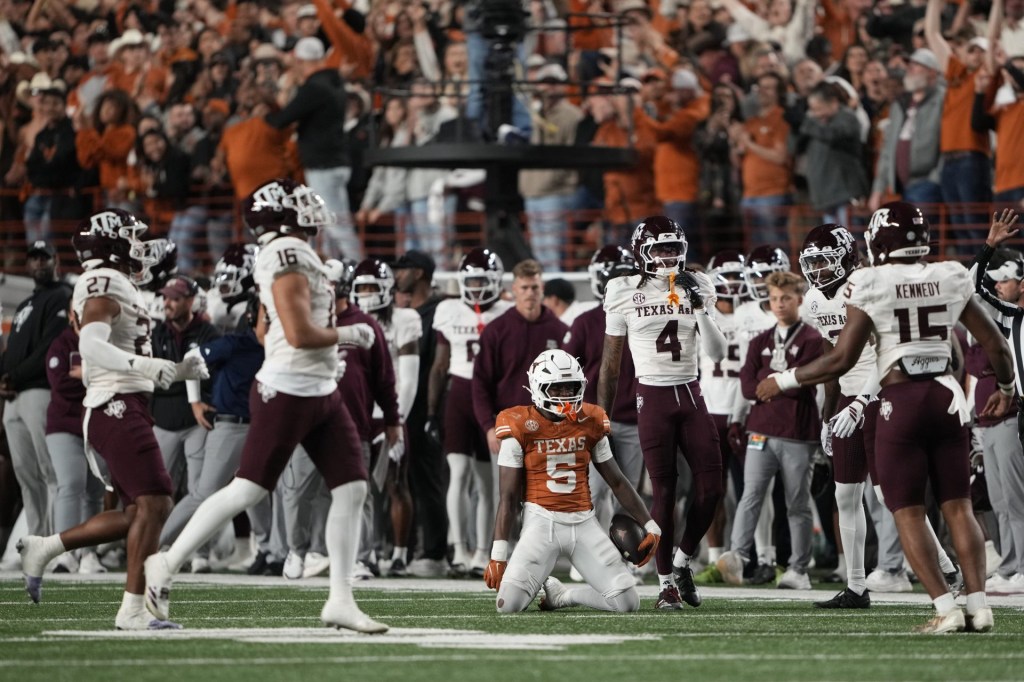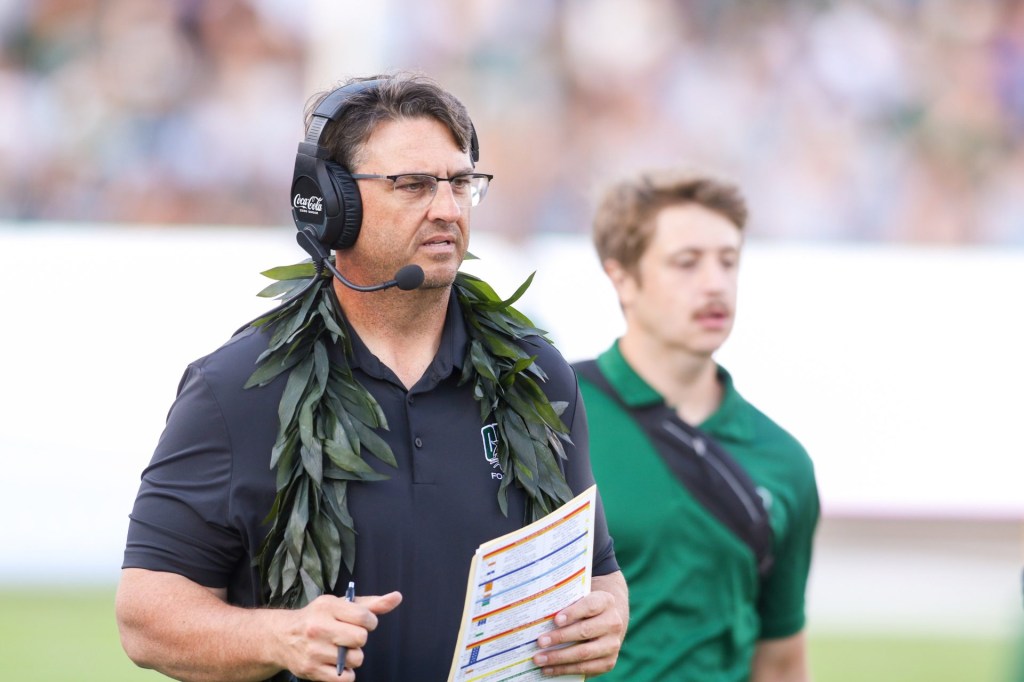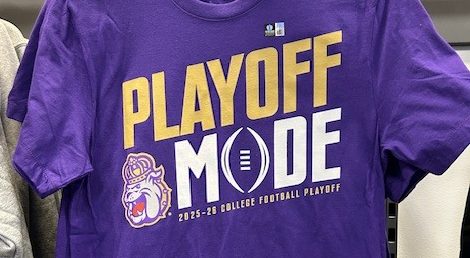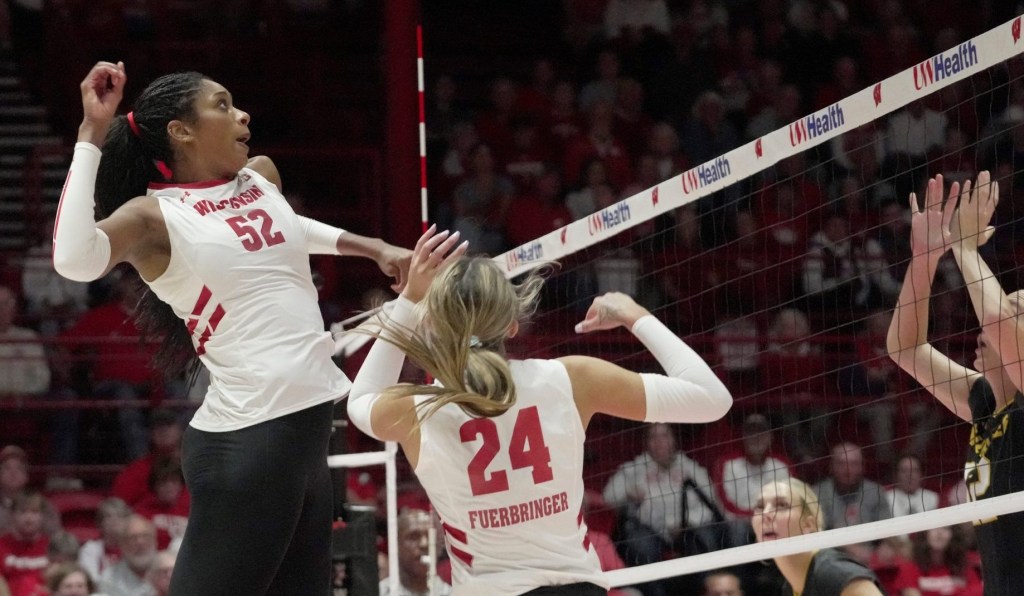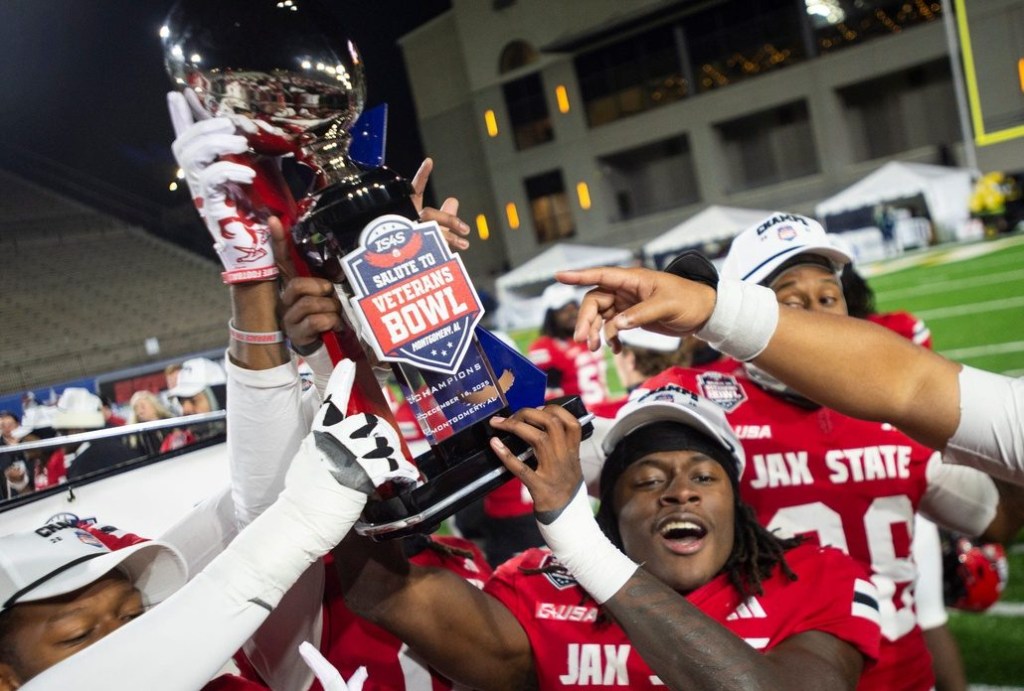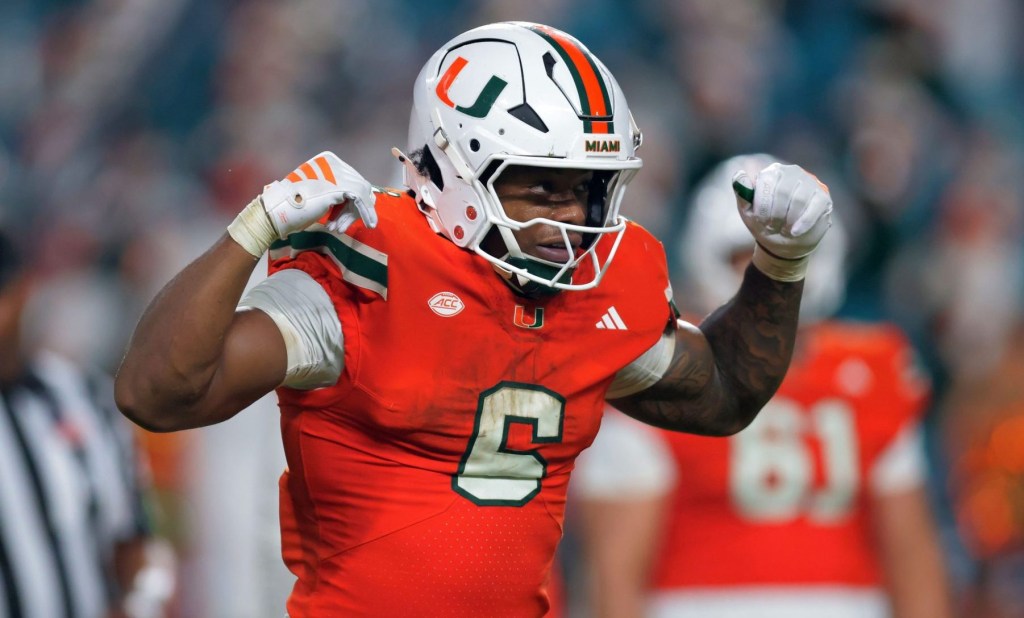Just 30 years after its national television debut, the Women’s College World Series has become arguably more popular than the Men’s College World Series.
It’s a remarkable feat given that softball was once considered baseball’s ugly stepsister. To this day, there are few post-college playing opportunities. Nevertheless, one of the NCAA’s most popular championships will be played this weekend in a sold-out 13,000-seat stadium in its perennial home of Oklahoma City.
Some fans come every year no matter who is playing, USA Softball CEO Craig Cress told Front Office Sports. The local community is behind the event, too: It voted to invest in a $27.5 million city-funded project to improve facilities that was completed in 2020.
On TV, ESPN is broadcasting the entire event on its flagship network or ABC. In 2021, it drew 1.2 million average viewers — 445,000 more than the Men’s College World Series. In 2022, the men’s series beat the women’s by just 100,000 average viewers — but the women’s final game drew 1.74 million viewers, more than the last men’s game.
Investment, the Olympics, and television programming played major roles in building the event into one of the most popular in all of college sports. But the on-field product has made the difference — the very features that baseball purists scoffed at are the ones that have made the Women’s College World Series so popular and lucrative.
“There are those that love softball, and there are those that just don’t know they love it yet,” ESPN VP of Production Meg Aronowitz, who oversees softball among other sports, told Front Office Sports.
If You Build It, They Will Come
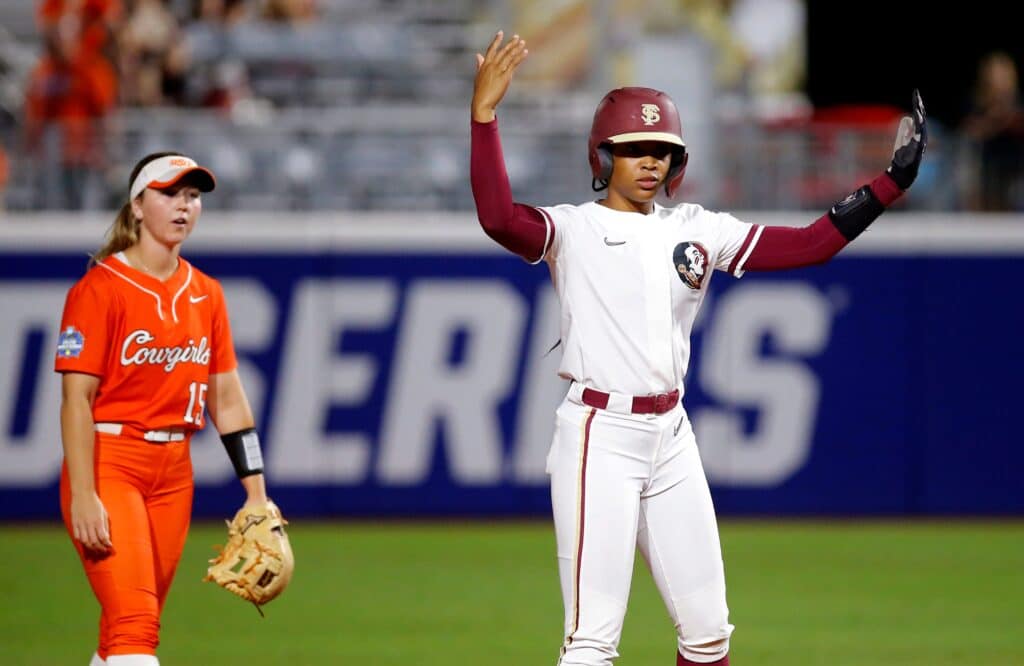
USA Softball was established in 1933. But the sport didn’t gain a foothold until the 1972 passage of Title IX — the statute that allowed for equal opportunity in sports.
By the early 1990s, there was no softball at the Olympics. College athletics programs offered softball as little more than a Title IX consolation prize, while the Women’s College World Series venue sat just a few thousand and had no dugout bathrooms or locker rooms. Consistent national television coverage of the sport was nonexistent.
The first major turning point was the inclusion of the game in the 1996 Summer Olympics. “That was the crux of it all,” Cheri Kempf, former elite softball player and current VP of women’s pro league Athletes Unlimited, told FOS. “It placed the sport of softball in the ‘olympic sport’ category. And that comes with funding… You see colleges starting to look at it differently.”
The SEC, one of the NCAA’s richest and most powerful conferences, decided to invest in the ‘90s. Teams built expensive facilities complete with film rooms and batting cages, and offered full-ride scholarships for the first time.
“When the SEC added softball, all of a sudden, it wasn’t just fun and games,” Kempf said. “It was ROI.” (This year, the conference sent two schools, Alabama and Tennessee, to Oklahoma City — three if you count future SEC member Oklahoma.)
When ESPN put games on national television, the sport really took off. The launch of conference networks, which would provide regular-season telecasts for the first time, served as a financial incentive for schools to create quality teams. In all, ESPN has gone from six regular-season games in the early 2000s to more than 3,000, according to Aronowitz, who has overseen the sport since 2005.
Now, all of the Women’s College World Series games are broadcast on ESPN’s main network or even ABC, creating the kind of exposure that’s drawn more than 1 million viewers to the event in recent years.
The investment didn’t stop on TV, though. Oklahoma City’s USA Softball Hall of Fame Stadium, which has hosted the event since 1990, has undergone several major renovations.
The complex, which Cress describes as the most state-of-the-art softball-specific facility in the world, includes four fields and 13,000 permanent seats. Since 2016, the venue has added four locker rooms and a press facility — “a city under the press box,” Cress said. This year, the stadium will unveil a new video board and ribbon boards.
“We know we have to continue here at Oklahoma Stadium — the city and us — to produce things that do enhance the venue, so that we can continue to have this great event here,” Cress said.
‘Playing Up To the Cameras’

From its players to its pace, softball has become a marketable sport that’s extremely compatible with modern technology, whether it’s social media or the golden linear two-hour television window.
“The product is a 10,” Kempf said.
Because of its core elements, softball is a faster, more action-packed game than baseball. Games are only seven innings long. Bases are 60 feet apart instead of 90, and the outfield is significantly smaller — allowing for more bang-bang plays. There’s no leading off, so pitchers don’t waste time trying to pick players off.
The game has also been more flexible than baseball, which has been wedded to tradition. For years, baseball has been criticized at the college and pro level for clocking three-to-four-hour games, sometimes with little on-field action. Softball officials have been making consistent adjustments to the game aimed at offense going back to the ‘80s and ’90s, Kempf explained.
The softball, traditionally larger than the baseball, used to be white with white seams. Changing the color to bright yellow with red seams “made hitters better overnight,” said Kempf. Also, the pitcher’s mound was moved back three feet from 40 to 43, equivalent to nine miles per hour of perception speed.
“Over the years, the softball coaching community and the NCAA have been tremendous partners to listen to our opinions about what need s to be done to help speed the game along,” Aronowitz said. While it’s “not ESPN’s place” to dictate how the game evolves, the softball community is receptive to making the product more palatable for television.
The players themselves know how to maximize the spotlight, too. Multiple experts noted the marketability of softball players, from the quirky cheers in the dugout to their media savvy.
That brand power is reflected in name, image, and likeness deals.
While baseball still leads softball in total NIL compensation, the difference is marginal, according to Opendorse data through April 2023.
In 2021 and 2022, softball players were offered 179 deals on OpenSponsorship, according to company data provided to FOS. Deals doubled between the two years as well, and companies like Easton specifically sought out softball players.
“These gals are playing up to the cameras,” Kempf said.
Reaching a Peak
Like the women’s Final Four — the most popular women’s college product — the Women’s College World Series is still being held back by structural issues.
The men’s series, for example, is held in a stadium with more than 20,000 seats. Given that the women’s event sells out every year, capacity could certainly be expanded, just like at the women’s Final Four.
The television contract for the entire postseason isn’t bringing in what the event could be worth. ESPN and the NCAA have a 14-year, $500 million deal that bundles 29 championships together, including women’s March Madness, softball, and baseball. (Women’s March Madness alone could be worth between $81 million-$112 million annually on its own, according to a 2021 expert estimate.)
As the governing body contemplates whether to spin off the women’s basketball tournament to generate more revenue in the next iteration of negotiations, the softball tournament could be a secondary consideration.
If ESPN does retain the rights, it could step up its coverage game even more. Aronowitz wishes ESPN had more access to players and coaches to create human-interest stories — current NCAA rules limit media availability, she said.
“Before the Women’s College World Series, very few people knew who [former JMU pitcher] Odicci Alexander was,” Aronowitz said. “After the Women’s College World Series, she was a star.”
“Because of the personalities that these young women have, there has to be a point where we have to get more access — to the student-athletes, to the coaches, to the environment on the field — that would allow us to present something to the viewer at home that’s going to make them feel like they’re in the dugout with the players.”
Despite all the energy, however, there are very few places for these players to go after college. In addition to National Pro Fastpitch, Athletes Unlimited launched a summer softball league. The league announced it will play two games at the Little League Softball World Series this year for the first time.
But there’s still no professional softball equivalent to MLB.
Cress believes a partnership similar to the NBA and WNBA could be of major benefit to the future of professional softball. “Is that something Major League Baseball is interested in doing?” While he doesn’t know for sure, he listed several small-scale event partnerships with MLB that have been successful.
Until a pro league develops, however, the Women’s College World Series is the biggest stage for the sport in the country.
“But,” Kempf said, “it’s nowhere near its peak.”

